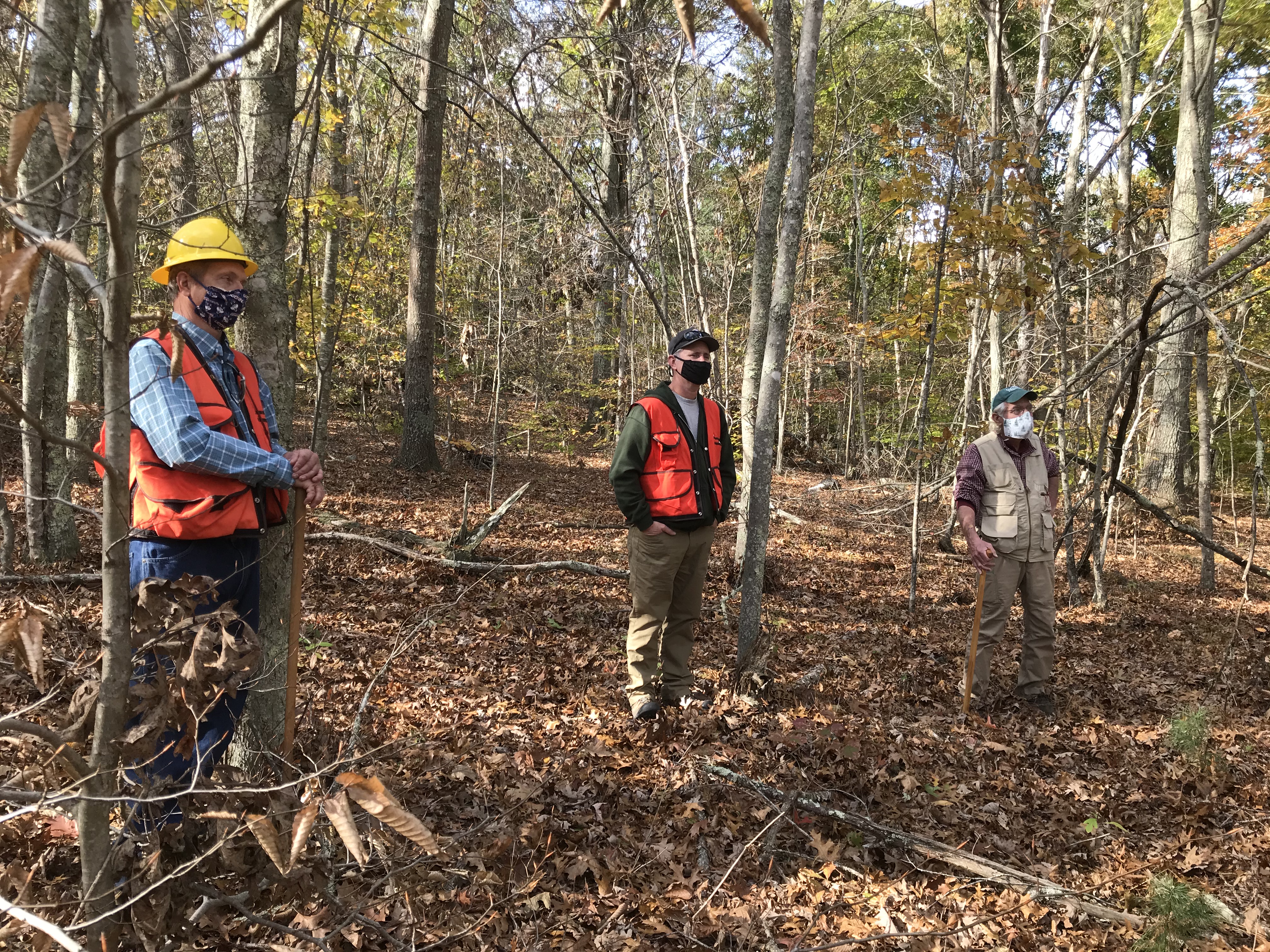Key climate change impacts considered for this study area include:

- Climate models suggest that temperatures will increase 3 to 10°F by the end of the century in the region, which will also increase the growing season.
- Precipitation patterns will continue to change, with less winter snow and the potential for drier and droughty conditions later in the growing season.
- Many “northern” tree species will face increasing stress from climate change, while those that have more southerly distributions and can tolerate hotter and drier conditions might have a greater competitive advantage.
- Climate change is likely to increase threats from many forest stressors, including insect pests, forest diseases, invasive plant species, and deer.
- Extreme storms, including heavy precipitation events, hurricanes and other extreme wind events are expected to increase and have an effect on trees and forest infrastructure.
Climate change will present challenges and opportunities for accomplishing the management objectives of the Southern New England Affiliate sites including:
CHALLENGES
- Many “northern” tree species will face increasing stress from climate change and drought (red oak and hickory)
- Increased tree mortality of overstory oak due to gypsy moth outbreaks, competition from invasive plants, and other factors
- Changes in suitable habitat for tree species found on site
- Changes in tree establishment and growth
- Changes in forest species composition and structure
OPPORTUNITIES
- Increased growing seasons
- Potential for increased distribution of southerly tree species that are better adapted to future conditions (shade-tolerant maples, birches, beech, pine, and other mesic species)


